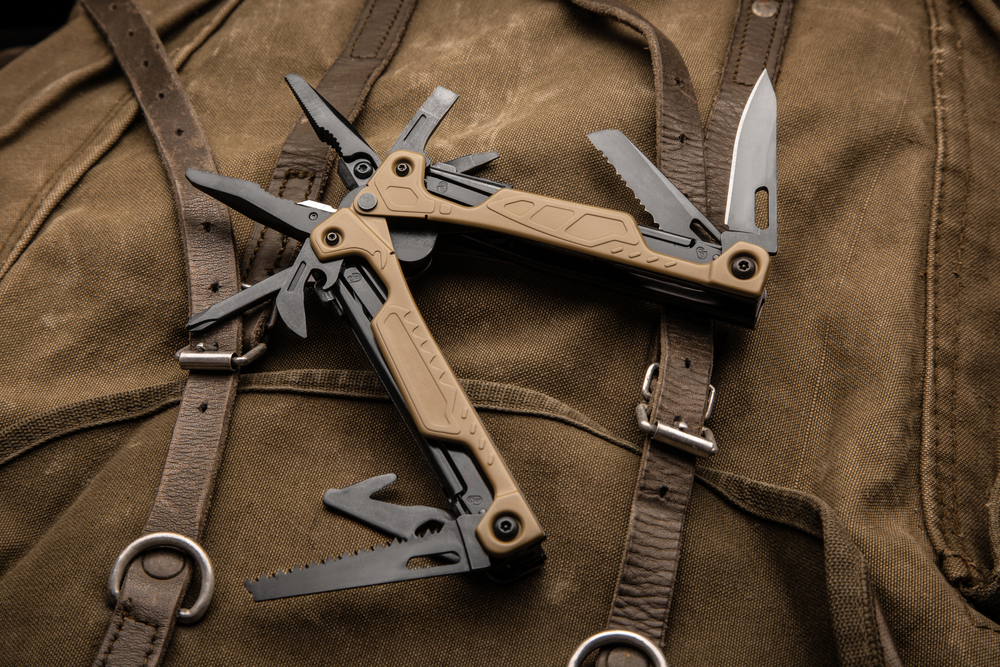Last Updated on December 15, 2022 by admin_hunter
The best survival multi-tool comes in handy for activities such as fishing, camping, backpacking, and hiking, where you have to use different components of the device for various tasks to get you out of a possible fix.
But what exactly will you need to do with your survival tool? Which component of it should you use for the task at hand?
This article explores various ways to use different multi-tool components to survive in nature. Some, like a pocket clip or bottle opener, are handy to have but aren’t exactly necessary in a survival kit, so we’ll just cover each individual tool that we consider true survival gear.
1. Starting Fires
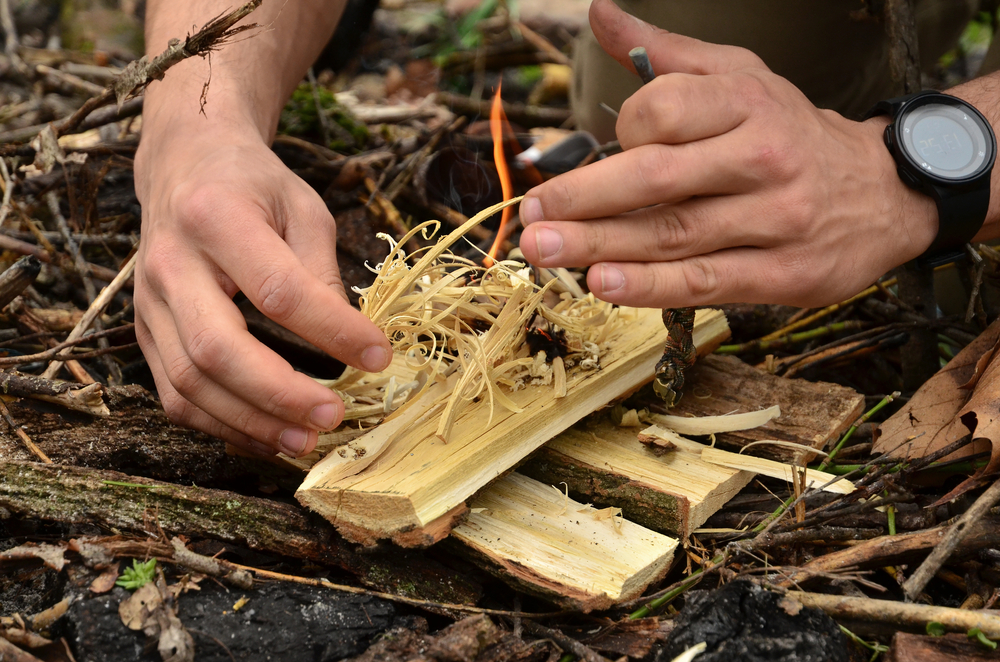
Let’s face it: it’s not always easy starting a fire away from the comfort of the gas stove at home.
Starting a fire outdoors requires a tactical multi-tool with a fire starter, usually a magnesium or ferrocerium rod. You could also find a dedicated fire starter tool.
A survival knife may also have spark-creating components.
You have to strike the rod to start a fire. The tool may have a small blade that creates a spark when you strike the rod with it.
For better results in a survival situation, you might want to buy a tool with a magnesium rod because it sparks even if it’s wet.
2. Spot-on Cutting and Piercing
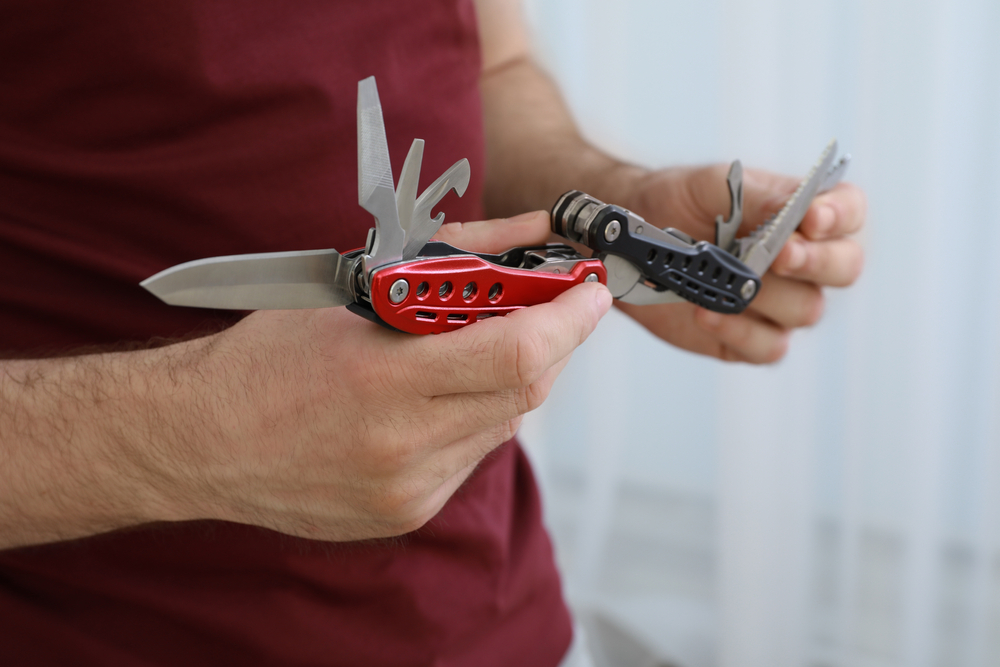
Different multi-tools have various tools for piercing and general or precision cutting, but they do more than a simple pocket knife or even a Swiss Army knife. These tools include saw blades, scissors, knives, wire cutters/cable cutters, rope cutters, strap cutters, serrated blades, and wire strippers.
As the names suggest, each useful tool is ideal for cutting through specific materials, although there are often overlaps where one tool is used for many cutting or piercing jobs.
Below are some typical applications for specific tools:
- Serrated blade: This hard-to-sharpen tool is ideal for cutting through tough fibrous materials such as ropes, cords, straps, vines, and seatbelts.
- Large knife blade: Ideal for opening boxes, creating shavings for lighting a fire, and signaling for communication or SOS by letting sun rays hit and reflect the blade at an angle.
- Small knife blade: Ideal for carving a notch in a deadfall trap or a fish hook from wood and bones. Also suitable for processing and cutting game and fish. You can also use it to cut threads when repairing outdoor gear with thread and needle.
- Wire cutter: Ideal for cutting twines, snare wires, electrical wires for temporary camping alarm systems, paracords, and ties. Also suitable for snipping small rubber tubing and crimp wire.
- Saw blade/wood saw: Ideal for cutting soft items like plastics, sheetrock, and wood.
- Scissors: Scissors are suitable for cutting paper, plastics, fishlines, and package wraps.
- Strap cutter: Ideal for cutting through canvas, leather, packaging straps on crates and boxes, and heavy webbing.
3. Self-grooming
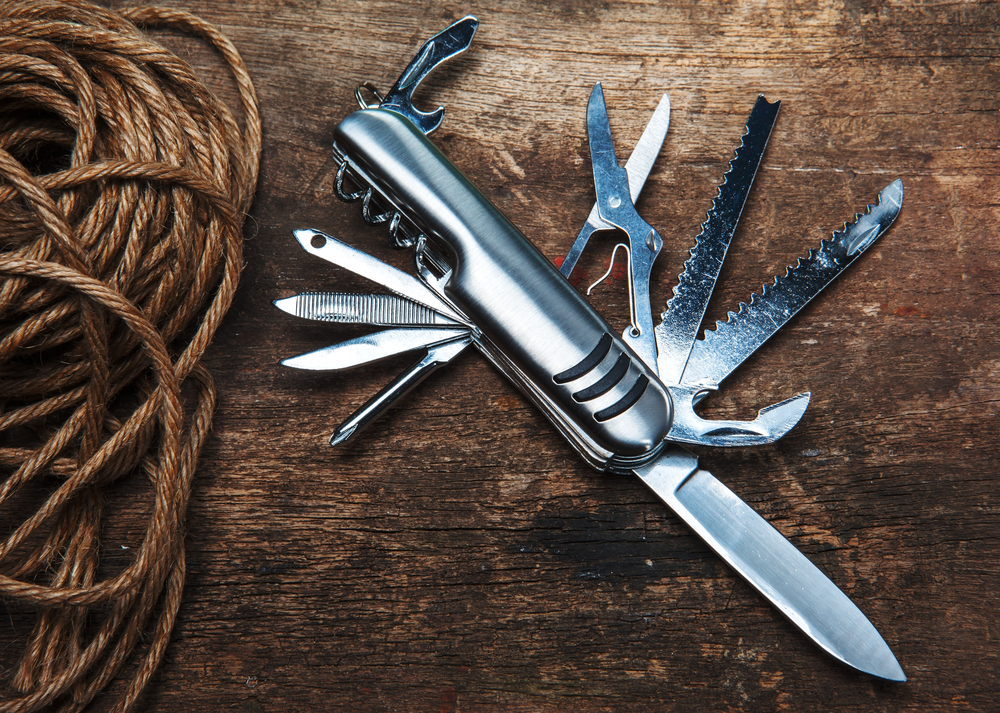
You may use the file in a multi-tool to file down fingernails and toenails. Depending on what else you use the file for, using it to tone down your nails may not always be a good idea.
Besides self-grooming, the file may have other uses such as:
- Blade sharpening (using the diamond-impregnated side that won’t wear away easily due to friction with metals being sharpened)
- Striking ferrocerium rods when starting a fire (not recommended unless you have no other alternative)
- Scraping wood or metal (using the side without diamond impregnation). Your tool may also have metal and wood files for this purpose.
4. Opening Boxes
When you need to open a box outdoors, you can use the pry bar, strap cutter, open box knife, or another suitable component of a multi-tool.
5. Making Fish Hooks
You can use the pliers in your multi-tool to make fish hooks out of wire or metal when you don’t have a fishing lure. Creating a hook from metal or wire is simple when you twist it into an incomplete U-shaped with one short arm.
To make the short arm of the hook sharp for easy bait application and fish catching, use the file in the multi-tool to sharpen the open end.
6. Mending
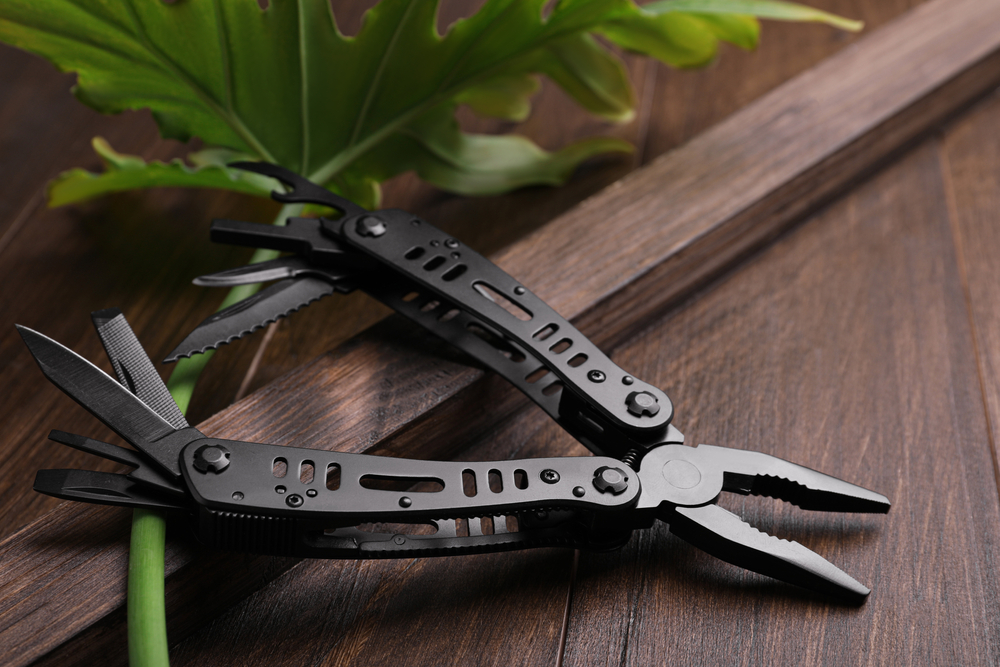
The needle-nose and regular pliers are helpful when you have to sew or mend something such as leather, nylon webbing, heavy canvas, and tent seams.
Small pliers are ideal for working with heavy thread and needles, especially when squeezing and pulling them out of heavy fabric, leather, and canvas.
You can use the pliers to force the needle through the material softly and then pull it out from the other to complete the mending process with several such cycles without hurting your fingers.
You can also use pliers to remove fish hooks and hold items you hammer to avoid hitting your fingers.
Other uses for multi-tool pliers include:
- Breaking down, adjusting, or field-cleaning firearms
- Pulling hot utensils or objects from the fire
- Removing nails, screws, or bolts from pieces of wood they may be lodged in
- Cutting round-shaped wires or metals with small circumferences
7. Working Nuts and Bolts
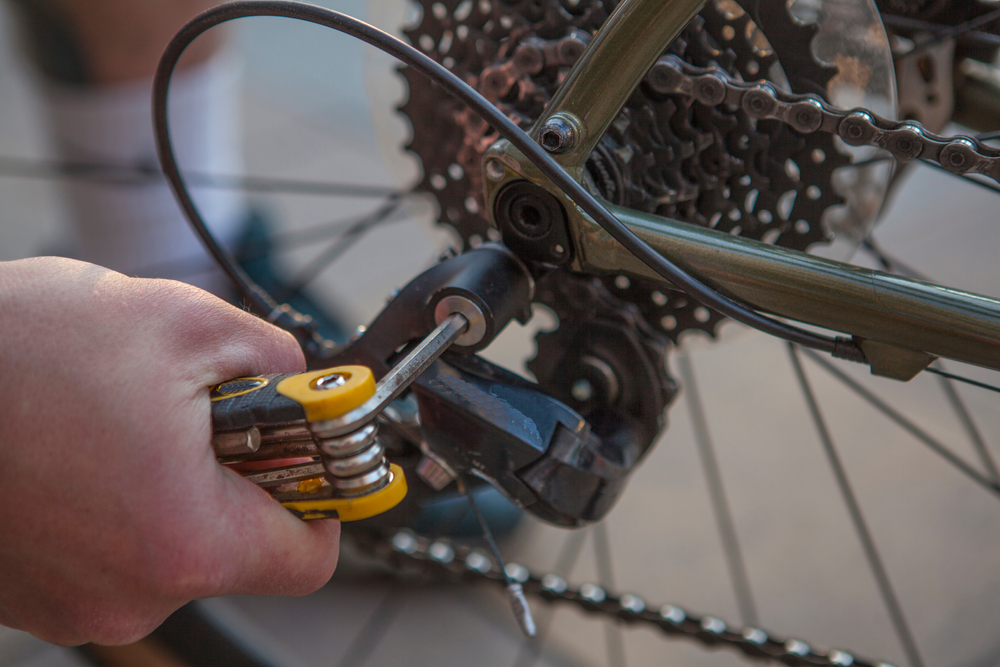
You can use screwdrivers and wrenches found in multi-tools to loosen and tighten fasteners like bolts and nuts.
Most multi-tools feature one or several of the following components for working fasteners:
- Large flat screwdriver
- Medium flat screwdriver
- Phillips head screwdriver
- Wrench
- Hex wrench
While you might have a dime with you for working flathead screws, it might not always fit if the space is limited. You must also use excessive force to work screws with a coin because the load is too close.
Flat screwdrivers come in handy to make your work easier when working screws. The length of the screwdriver means that the load (bolt or screw) is further away from your arm, requiring less force to tighten or loosen, which makes your work easier.
You’ll need a Phillips screwdriver when working Phillips fasteners and combination screws.
You can also use a large flathead screwdriver for light chiseling, prying, and scraping, such as when you need thin wood shavings for making a fire.
The wrench proves helpful when opening an oxygen tank valve to initiate oxygen supply when you must administer oxygen to yourself or others during an emergency situation. Pliers can work here too, but you risk damaging the valve.

